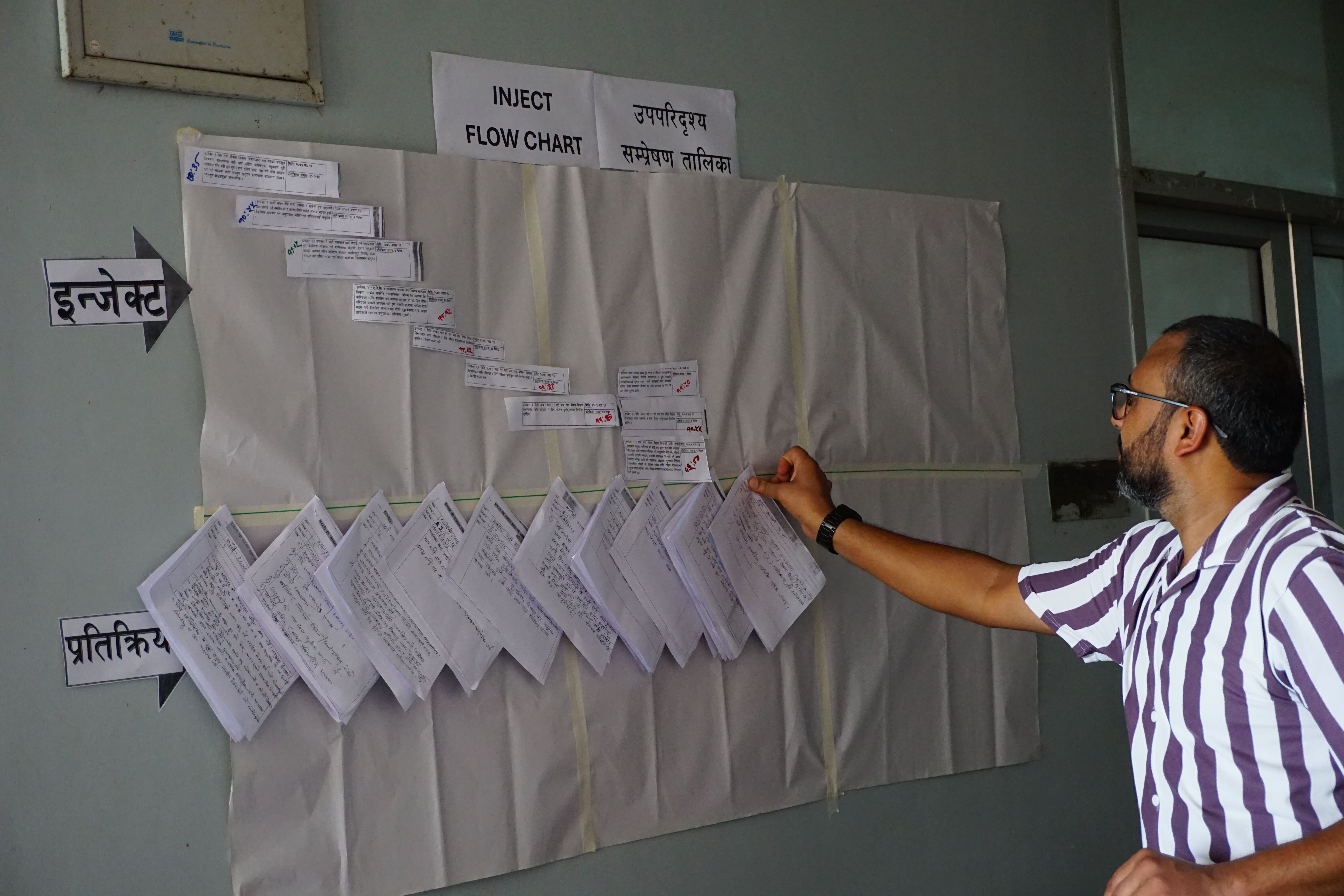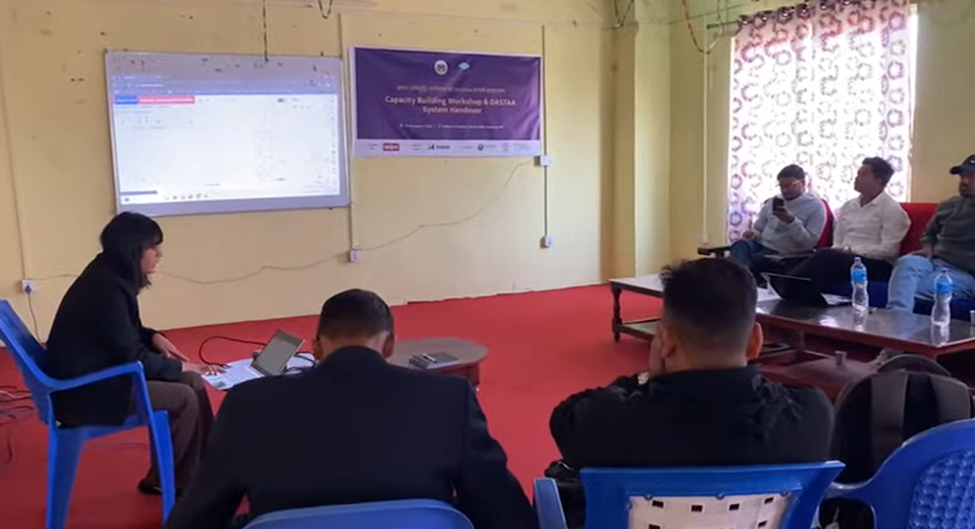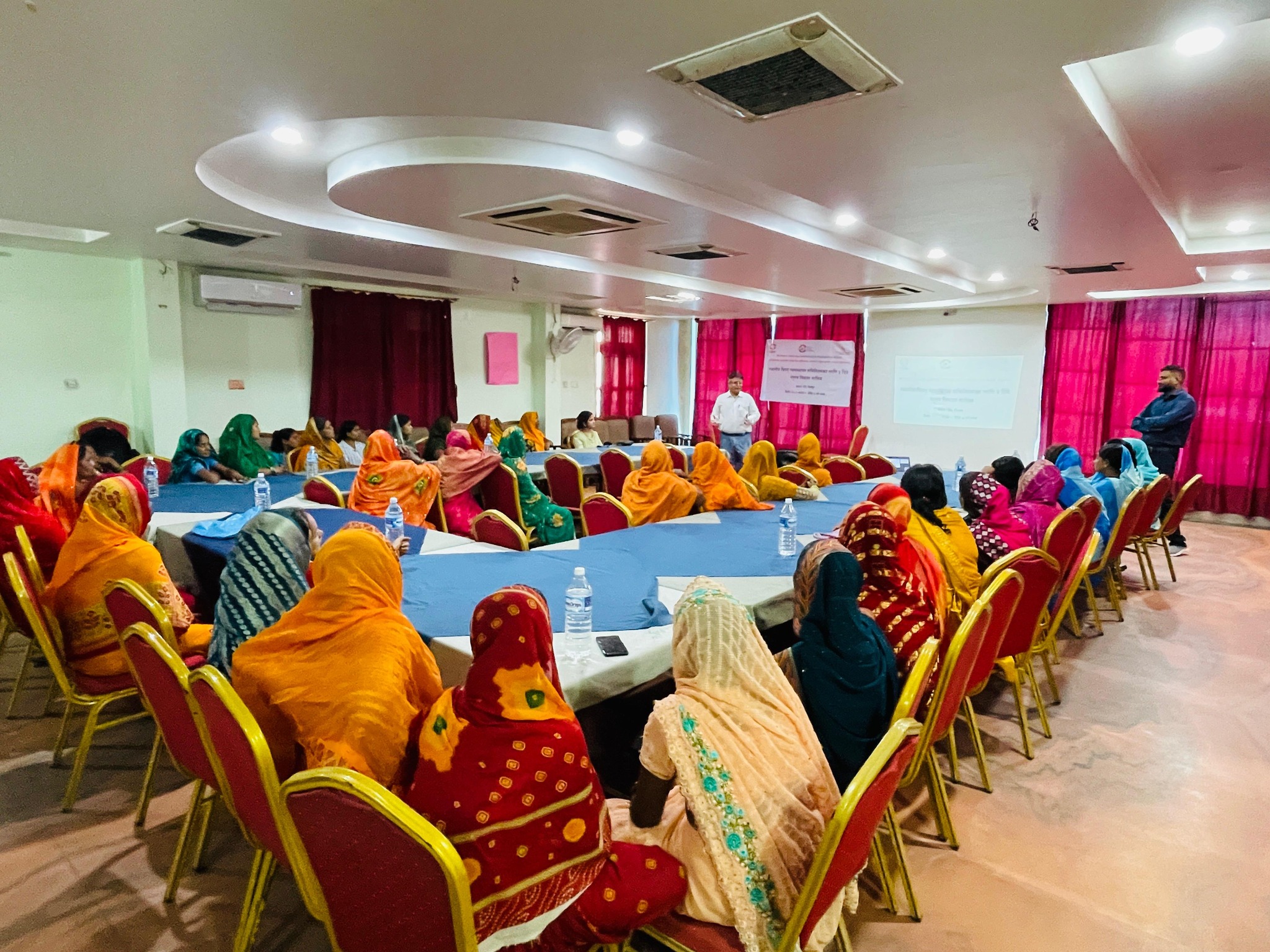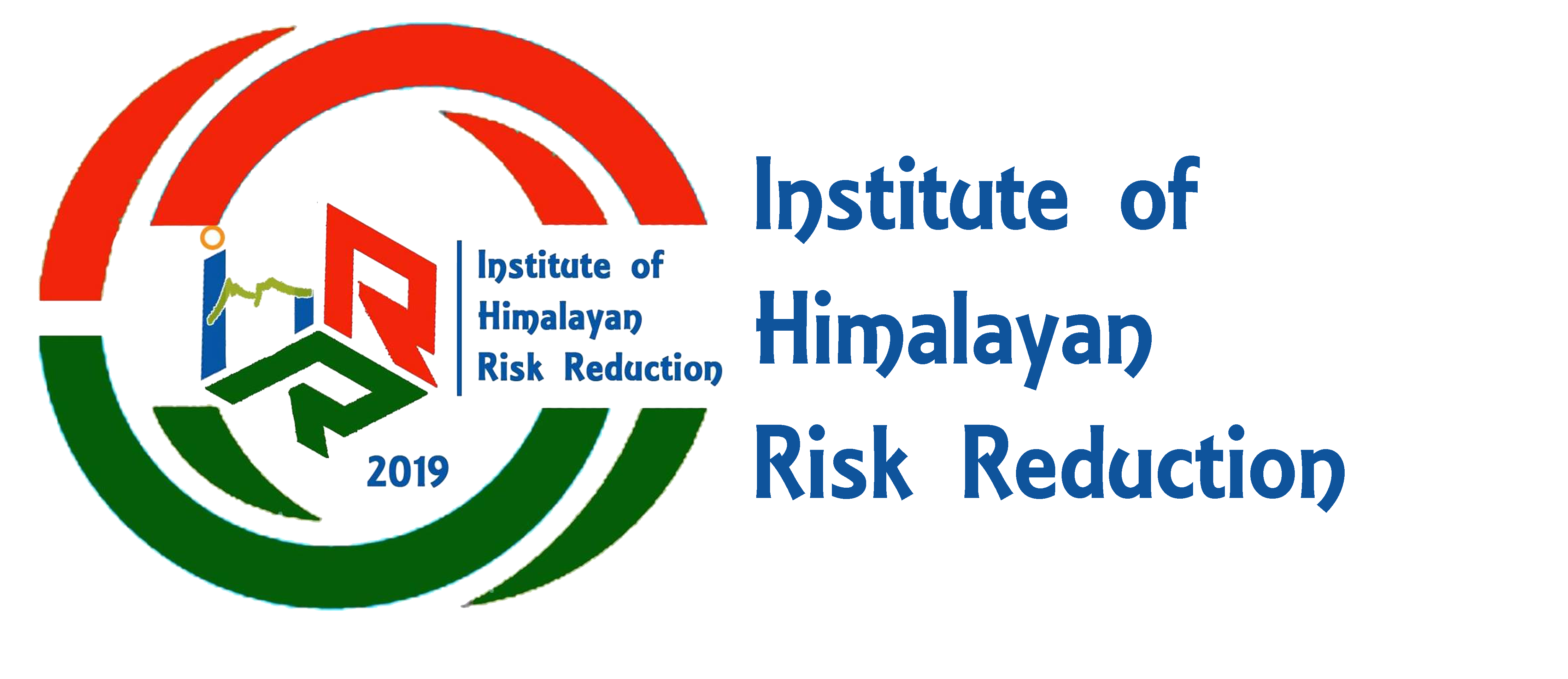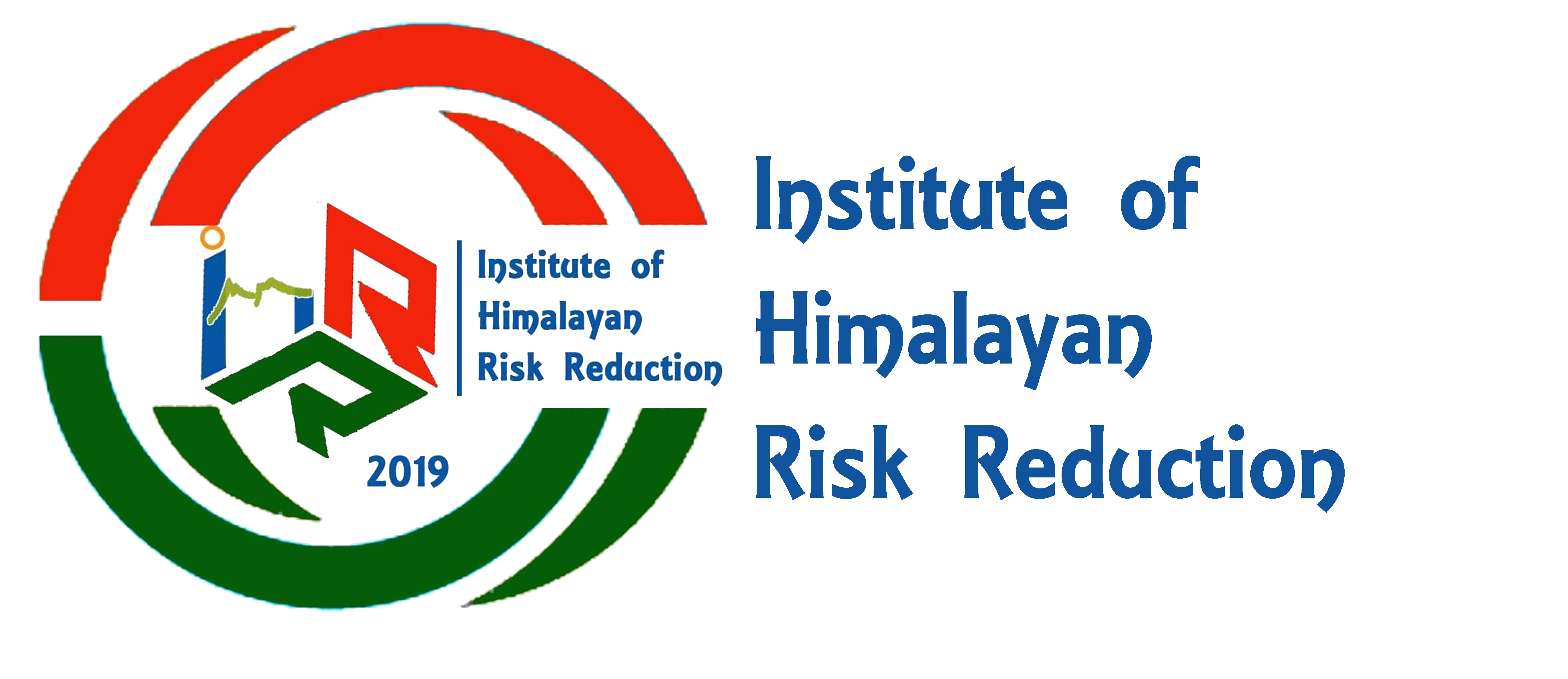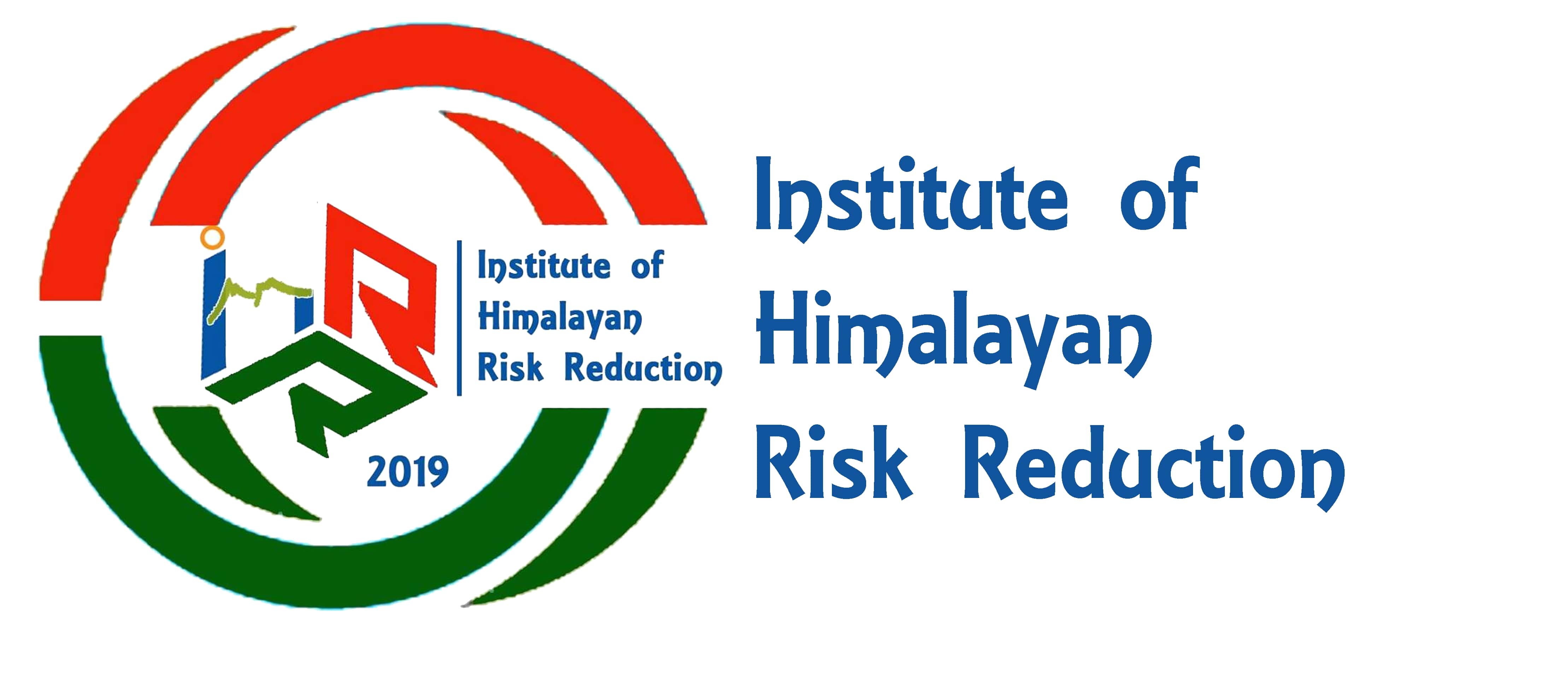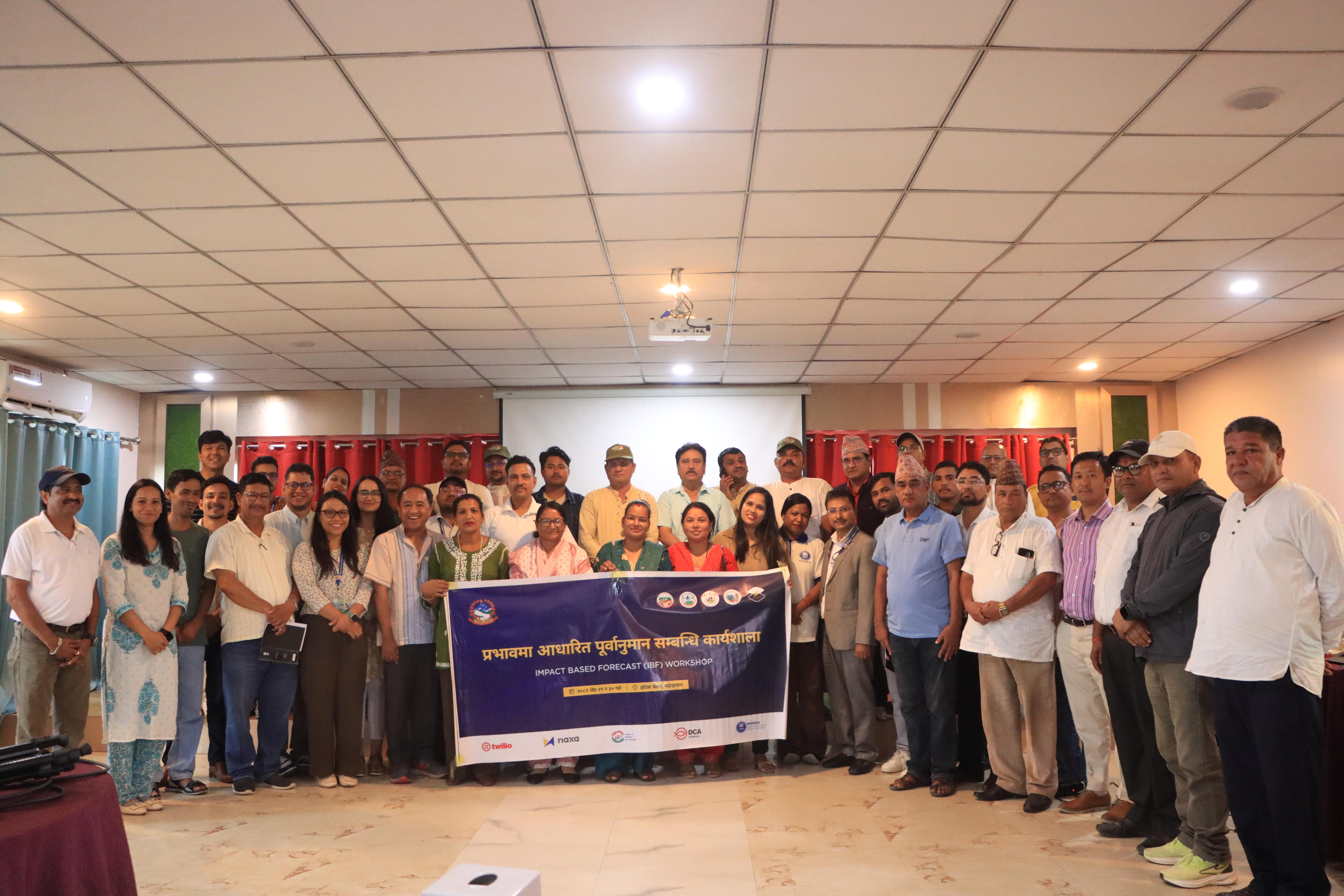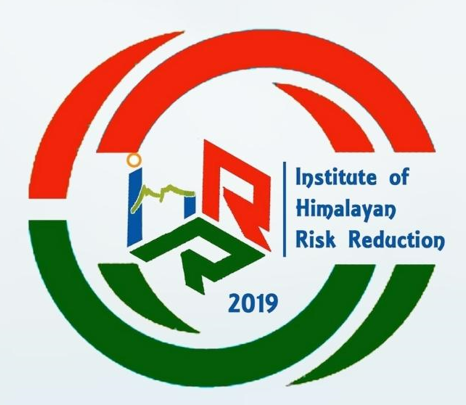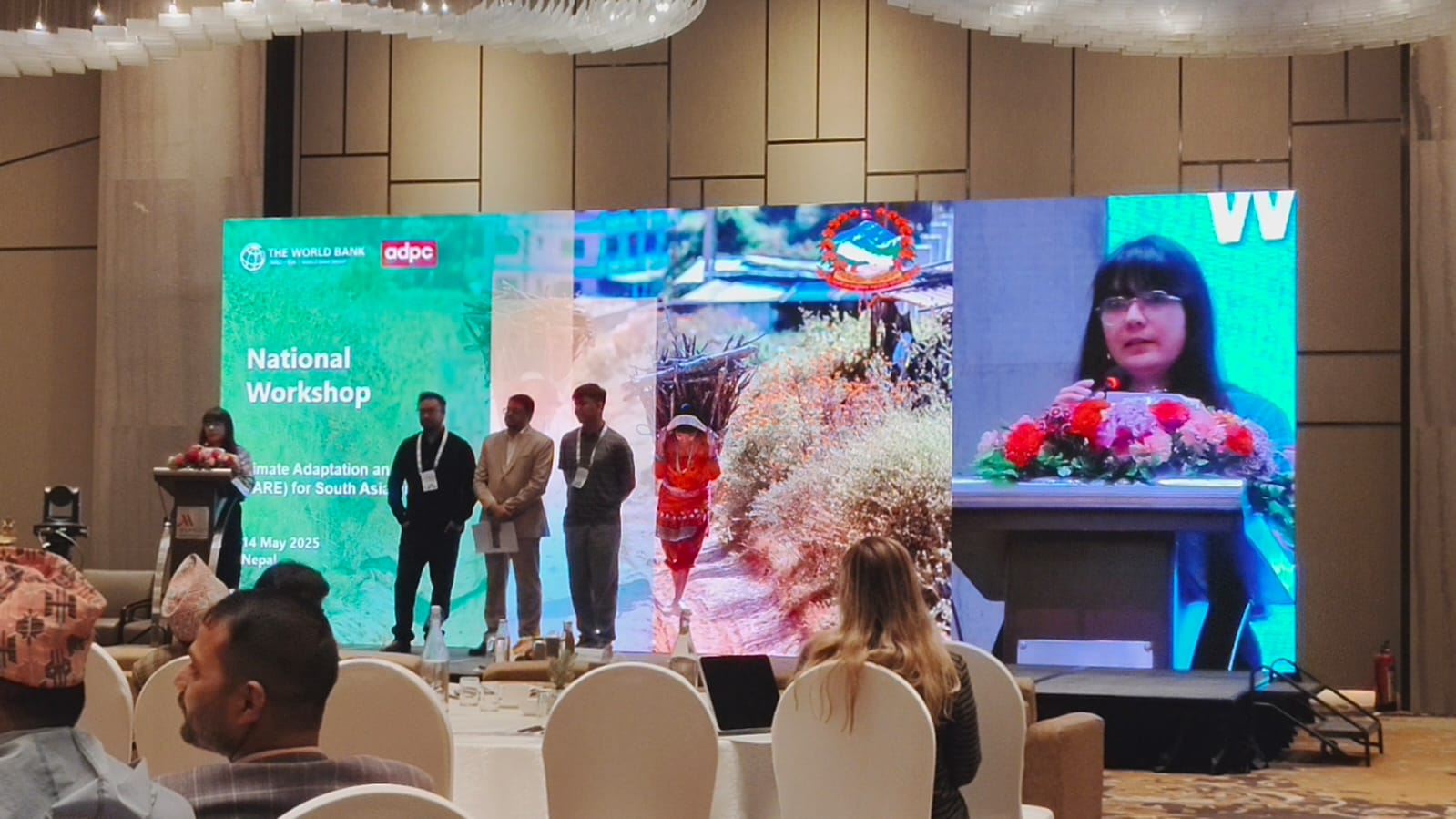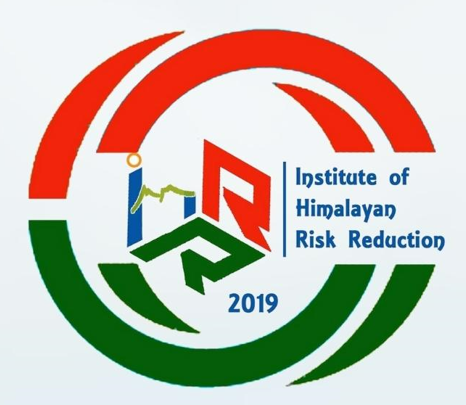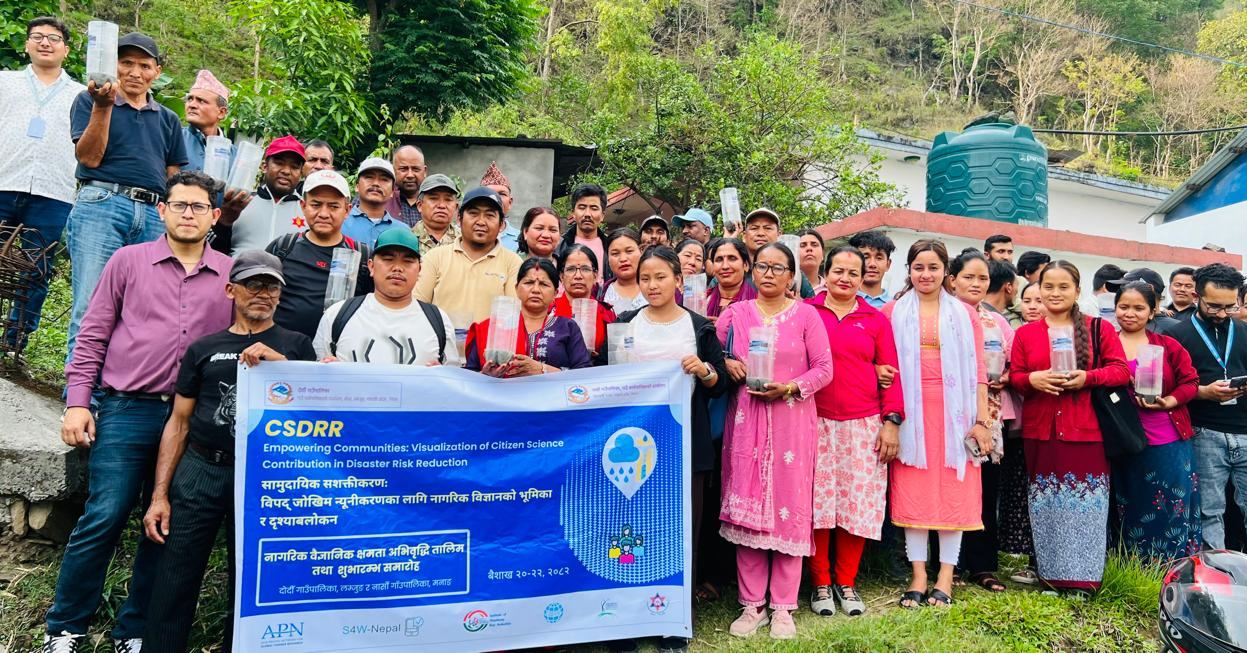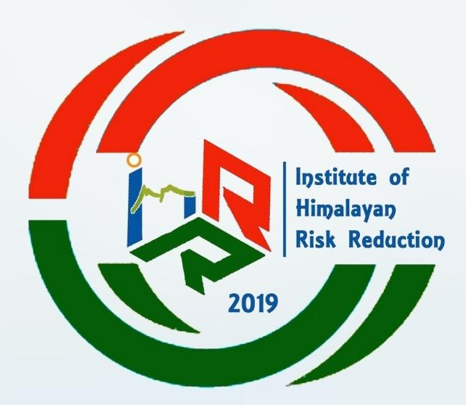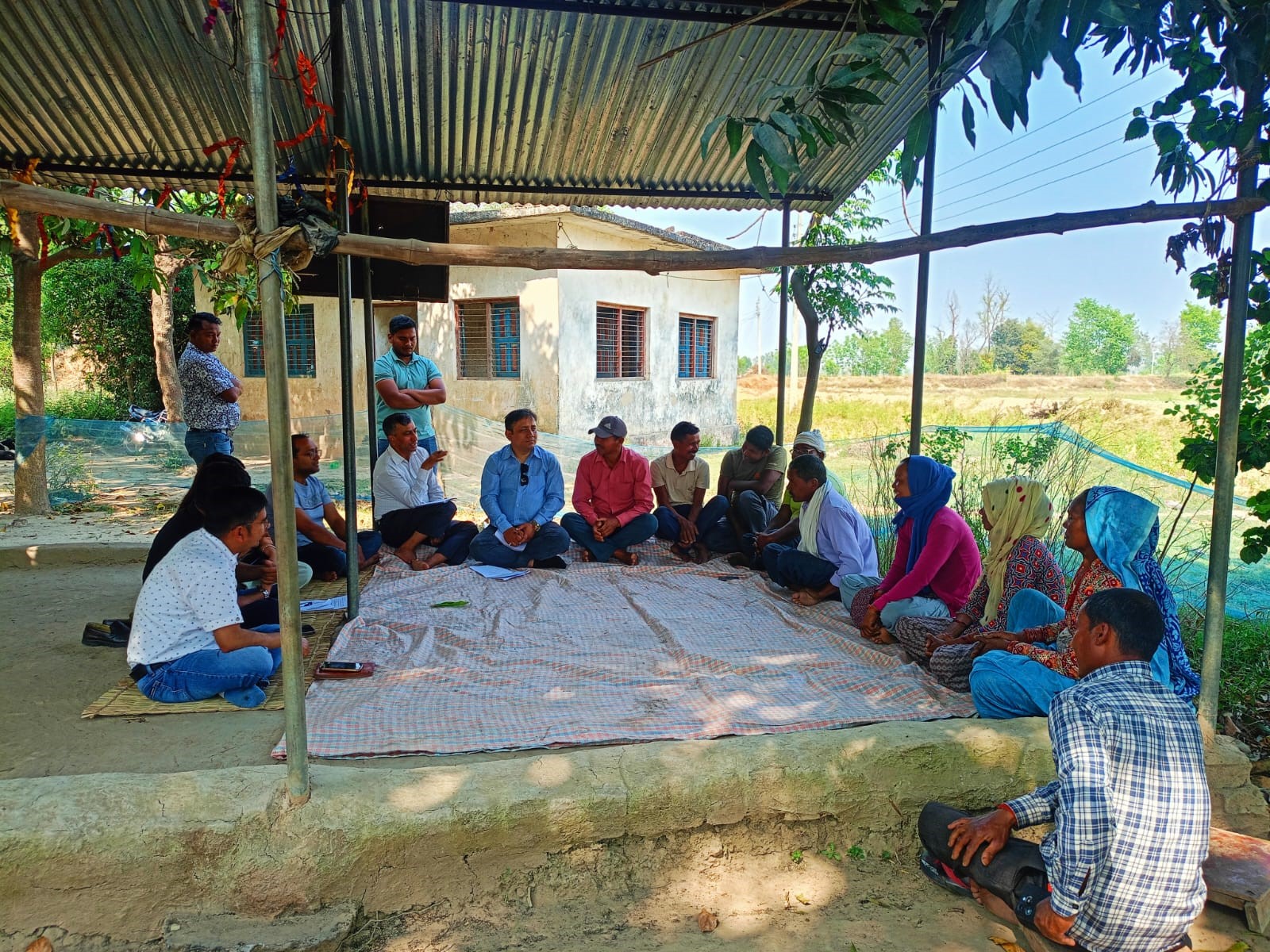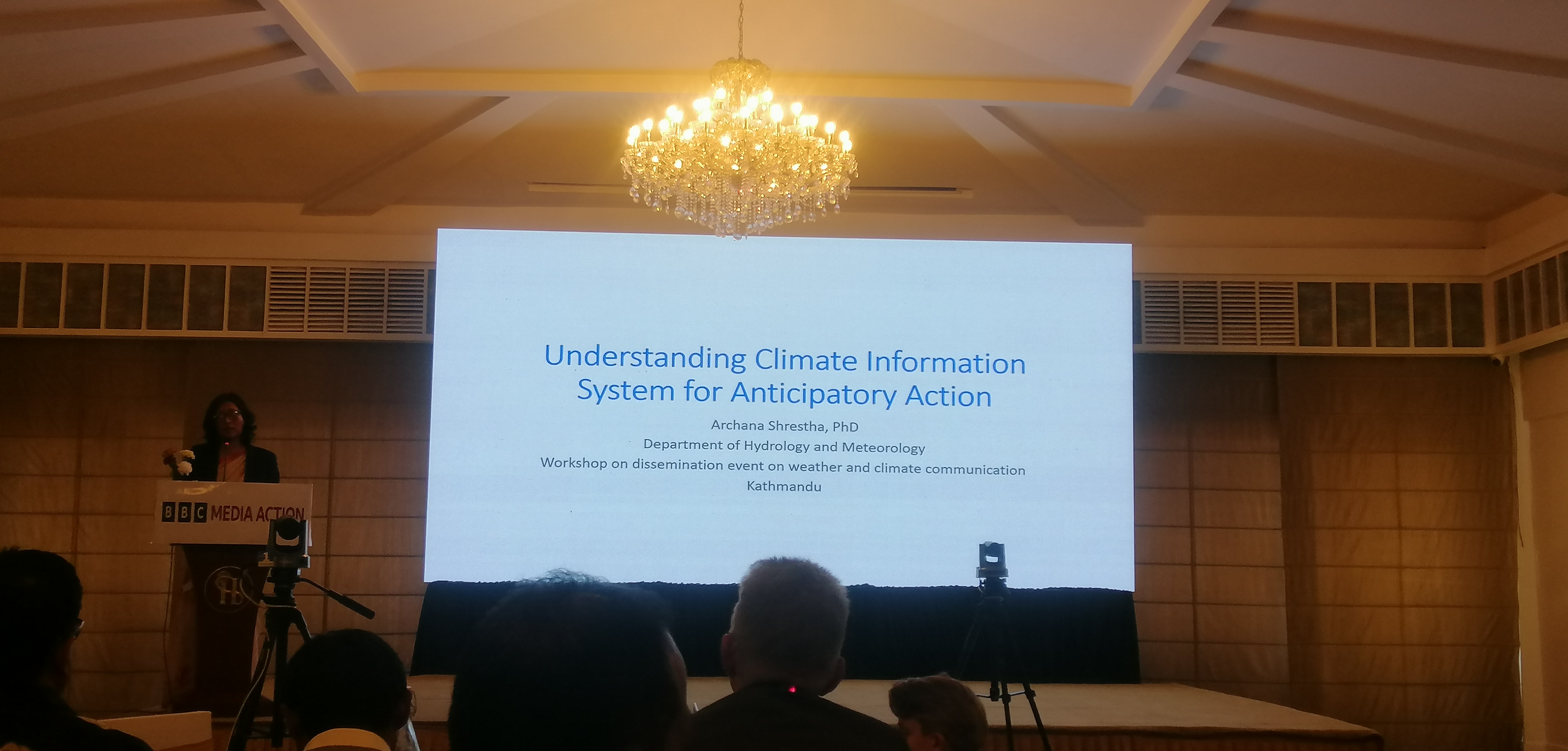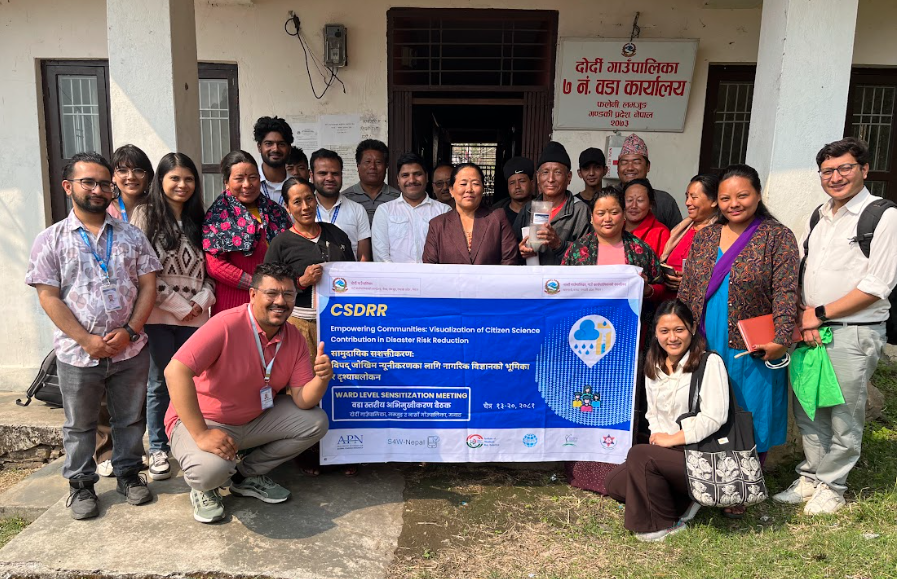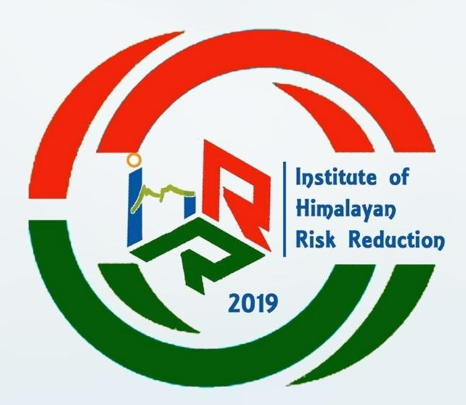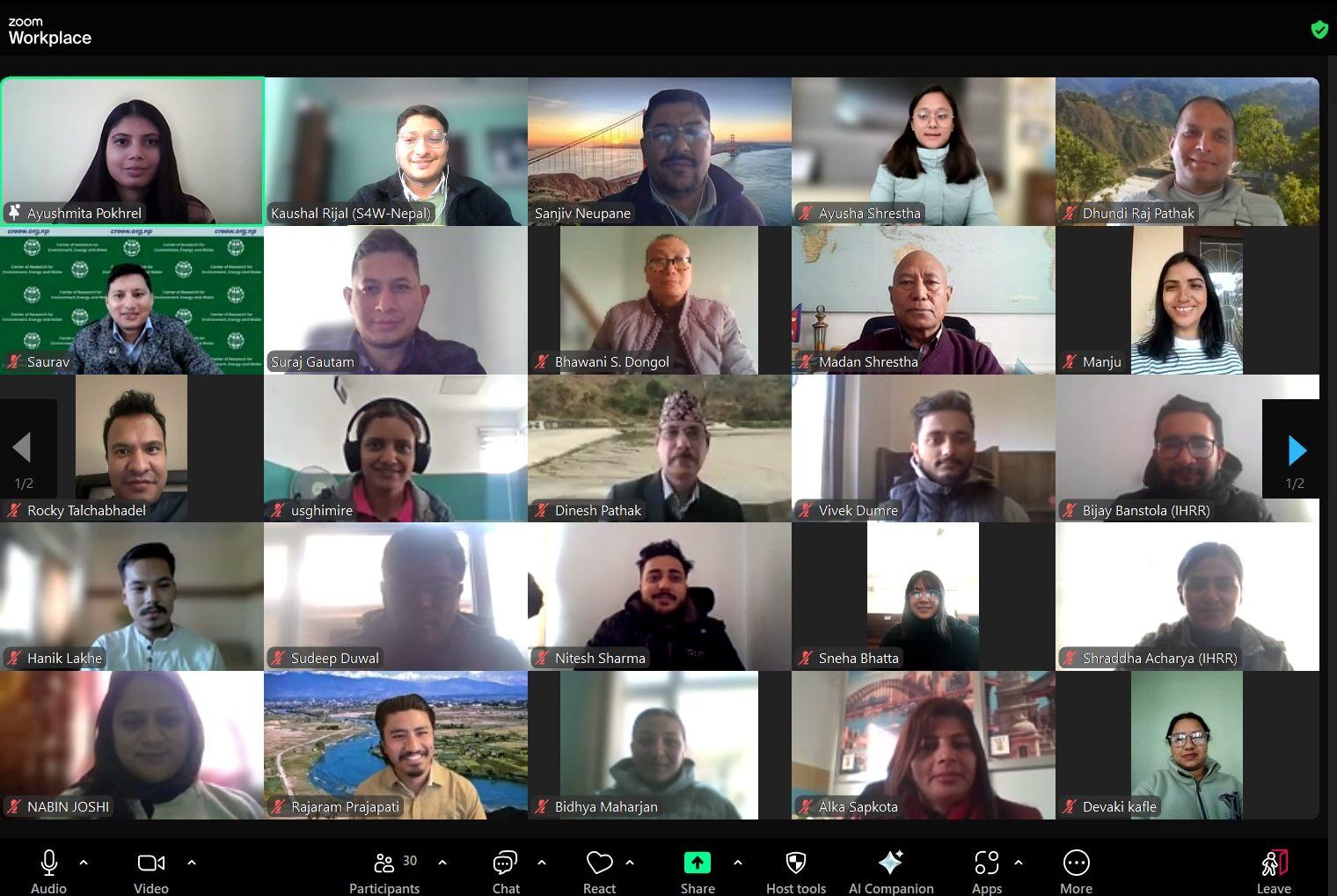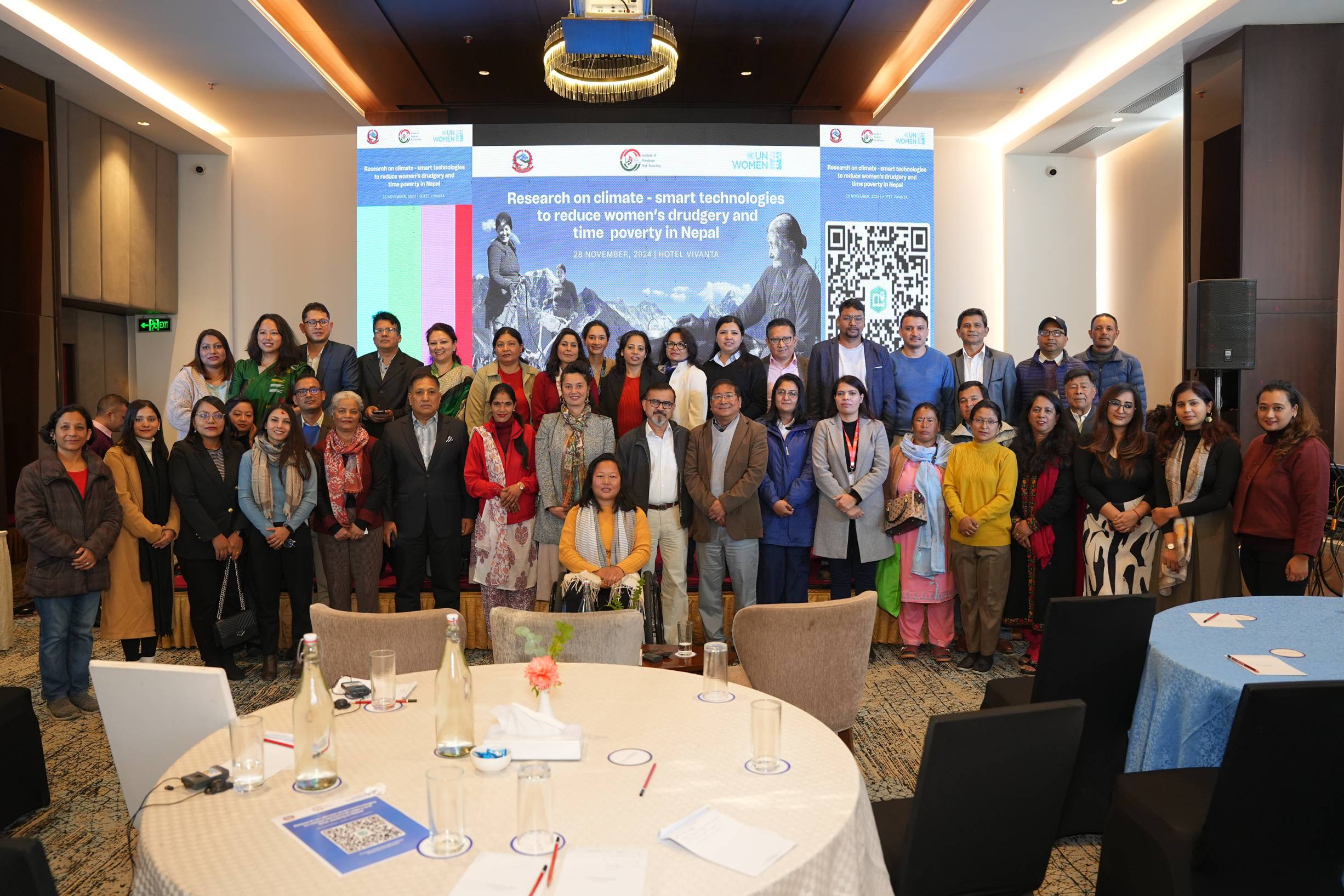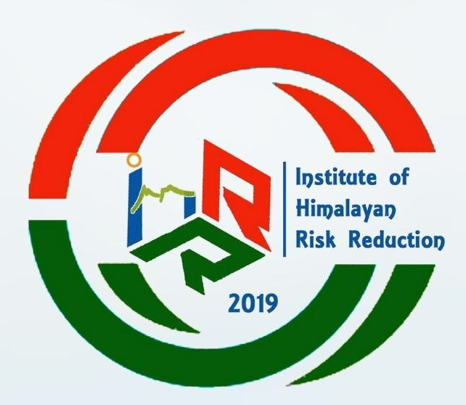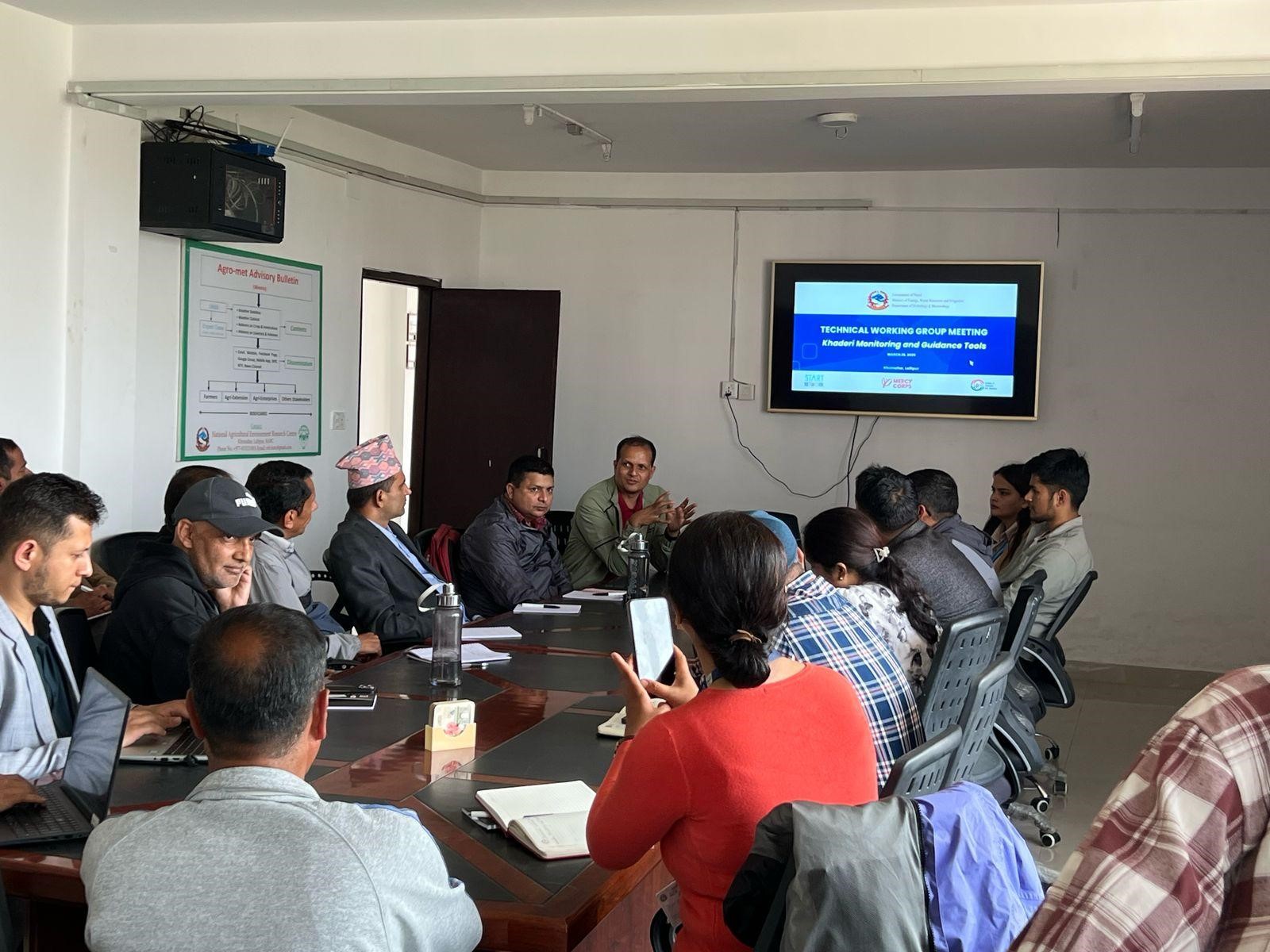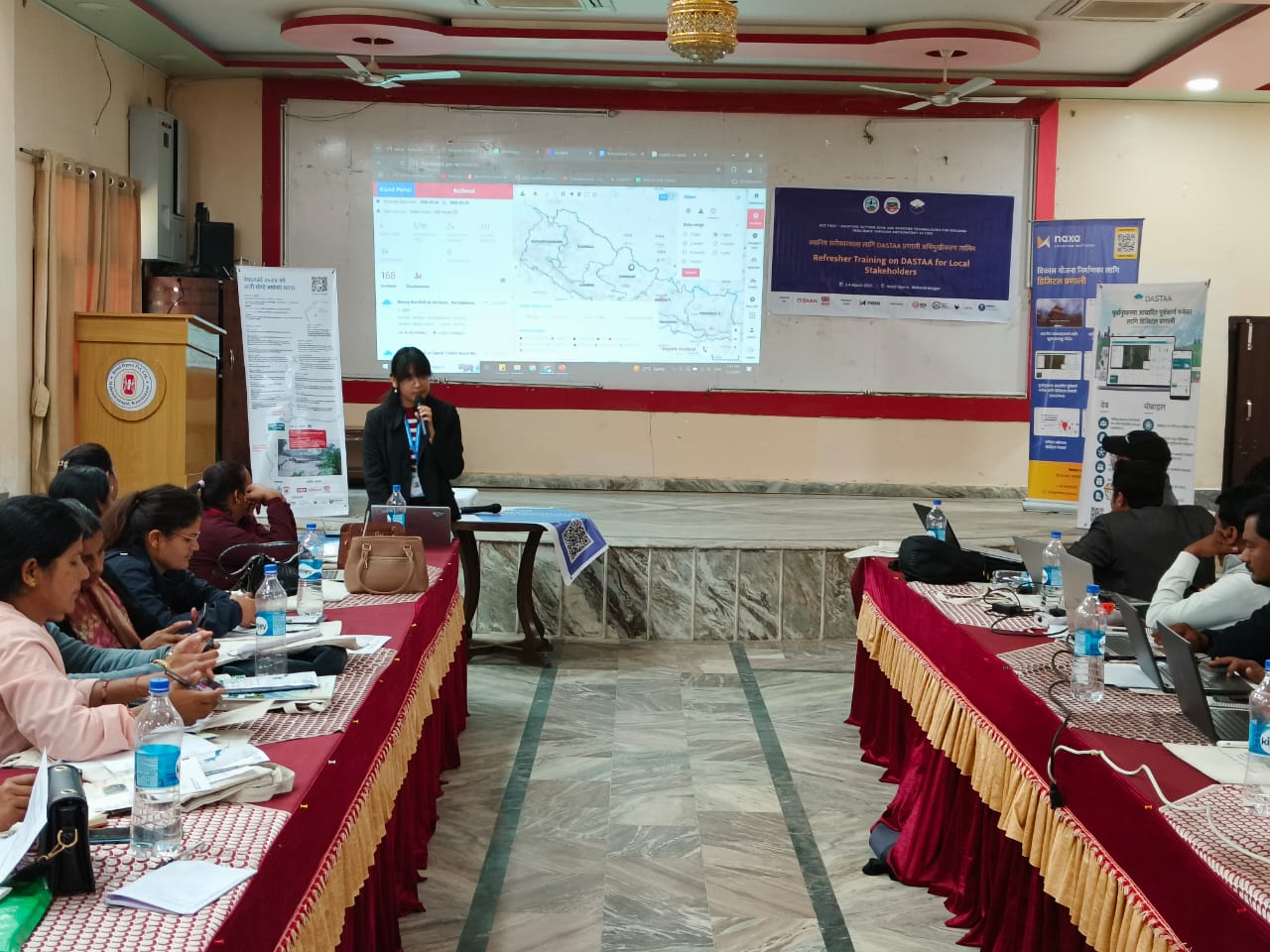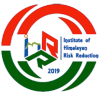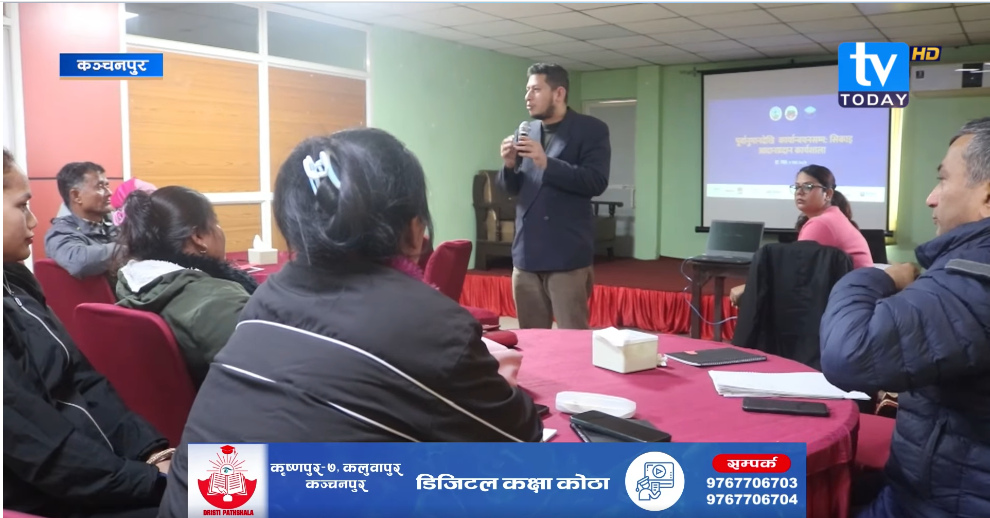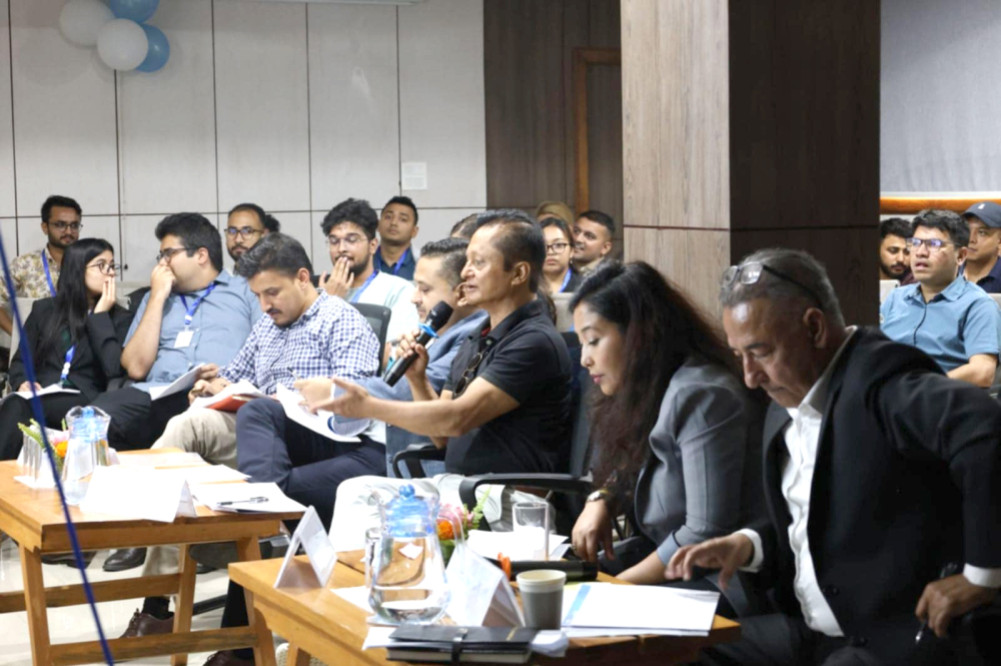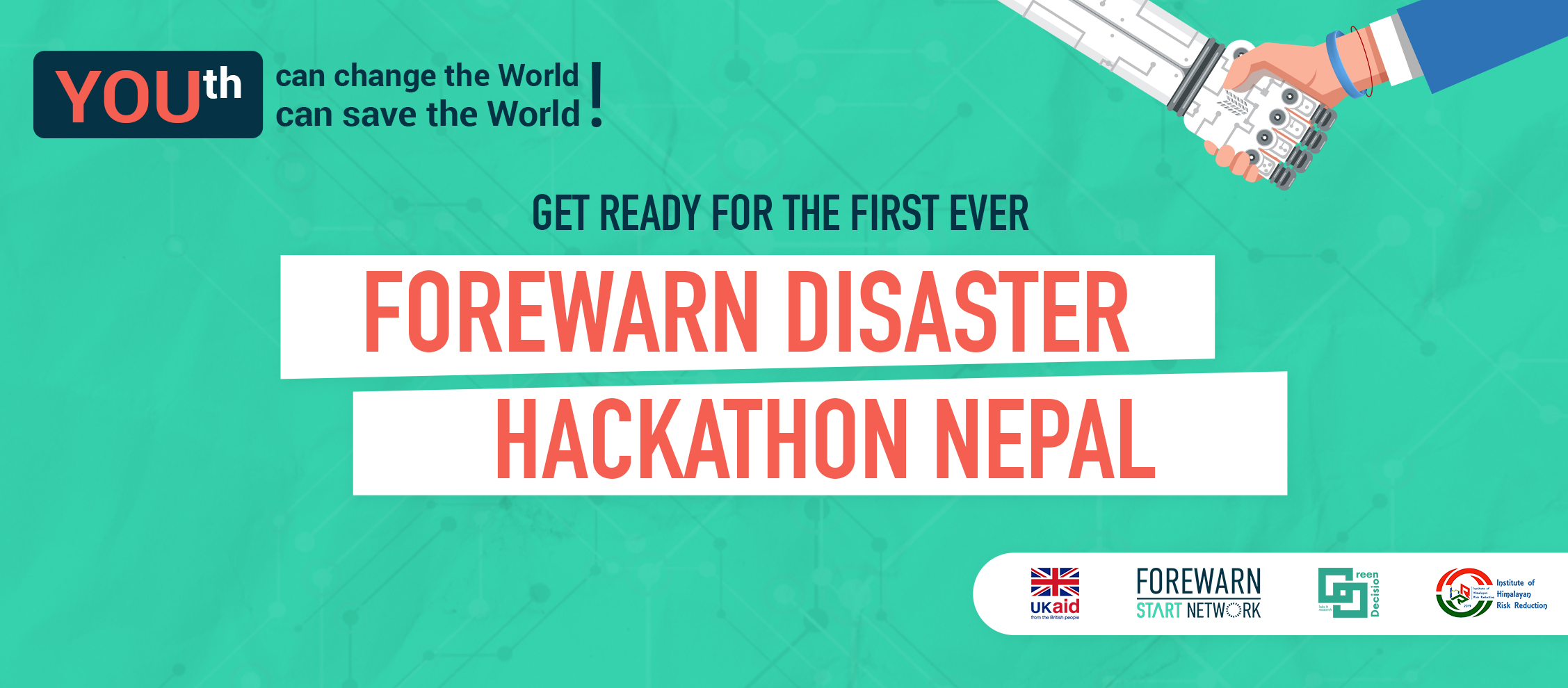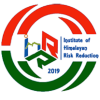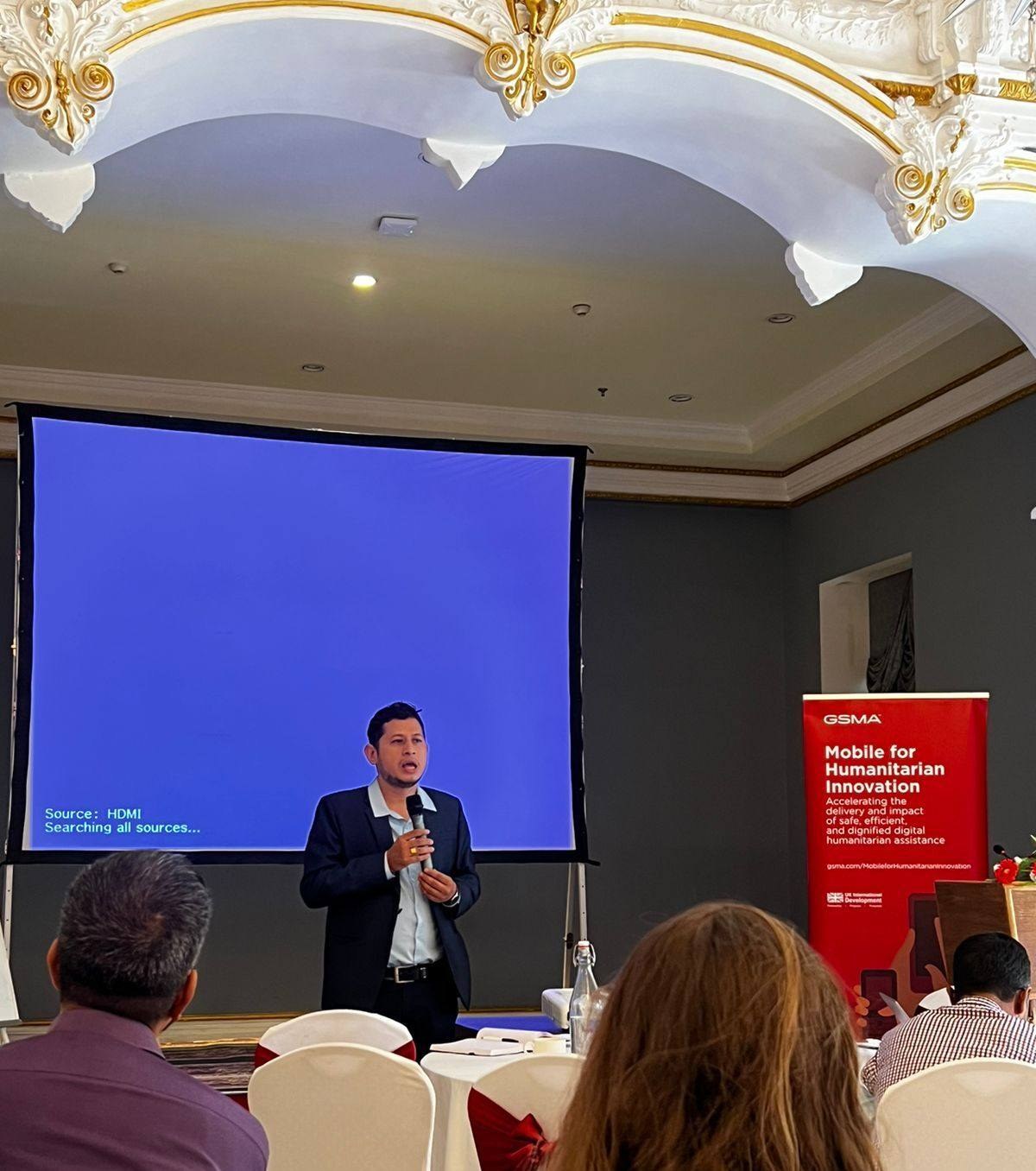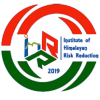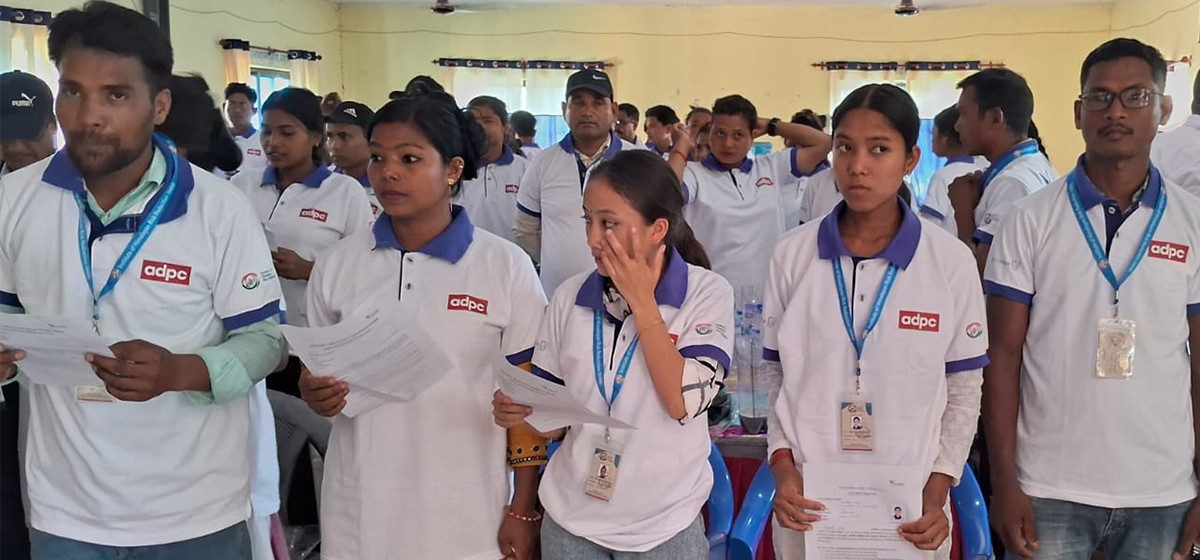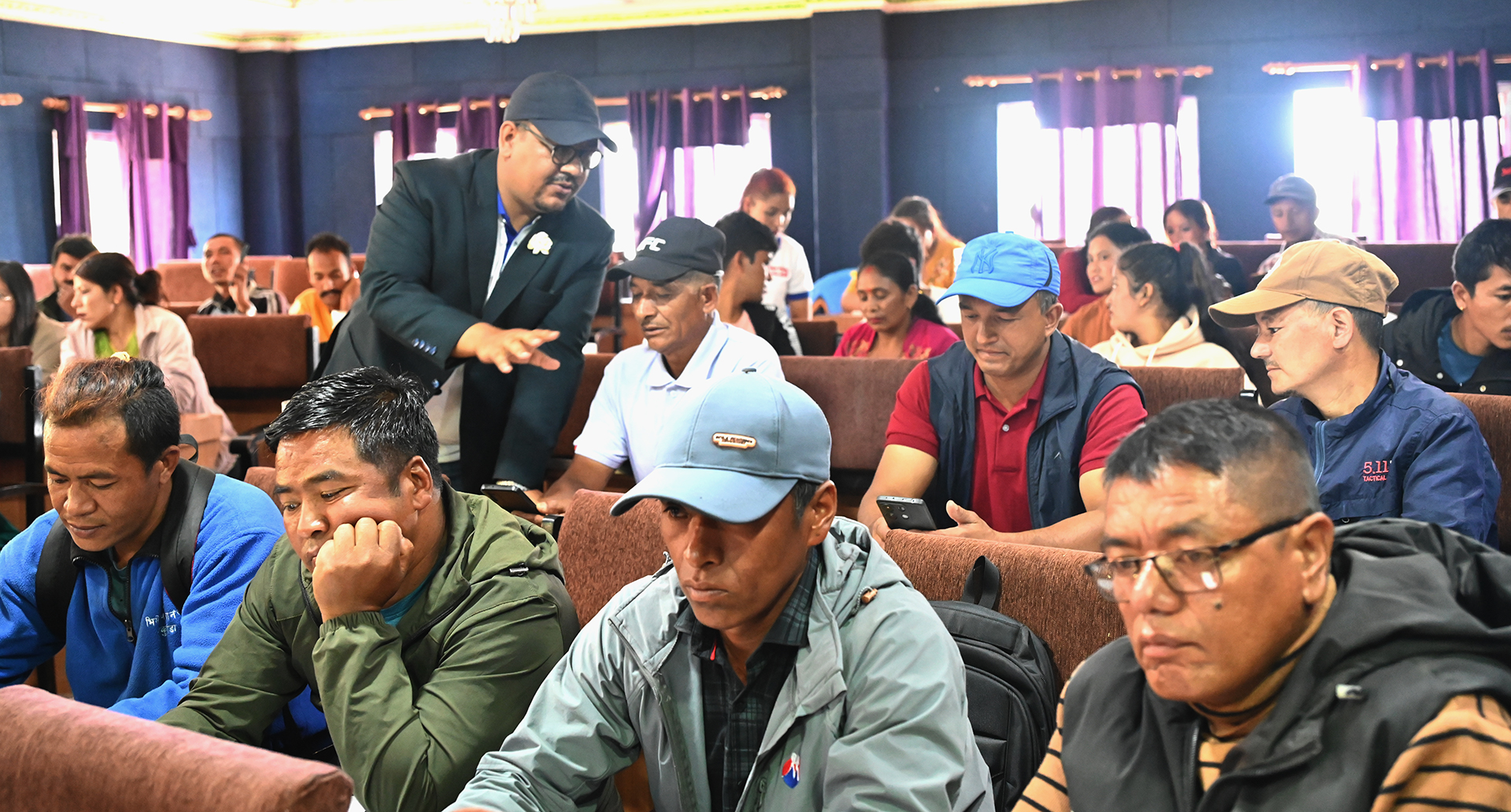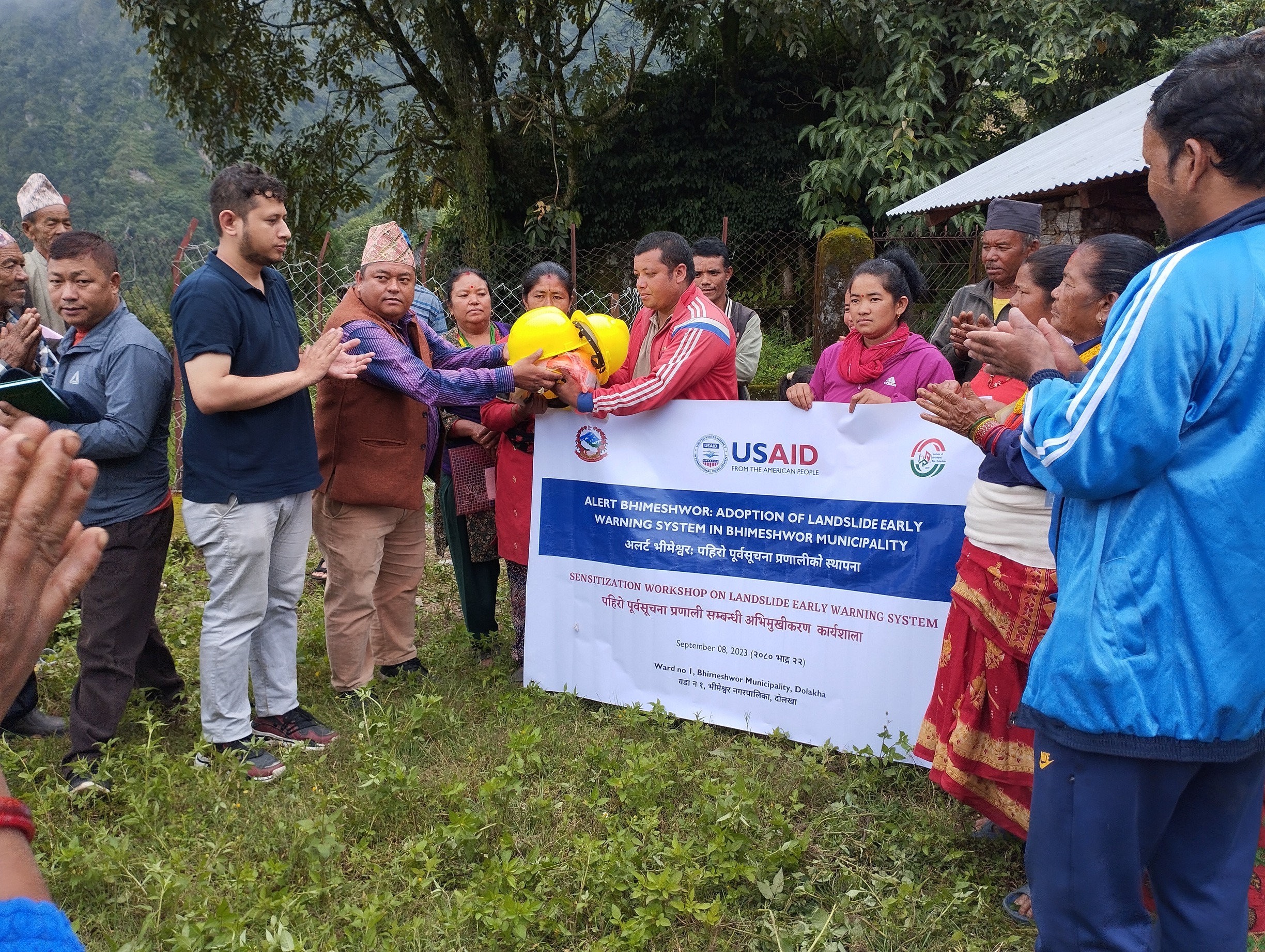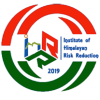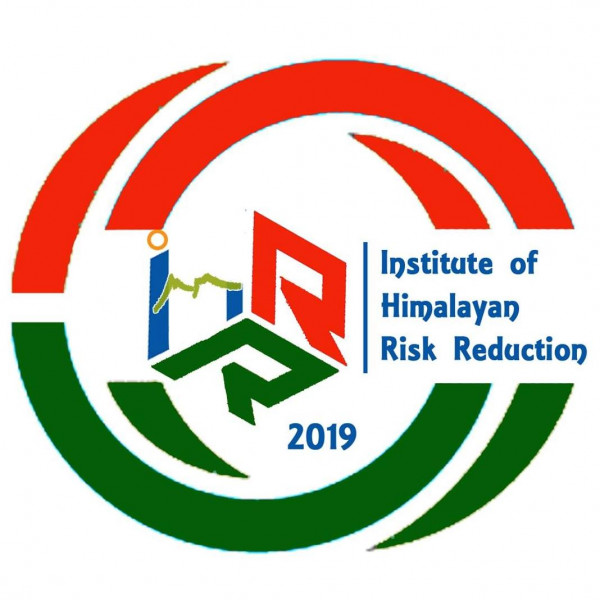
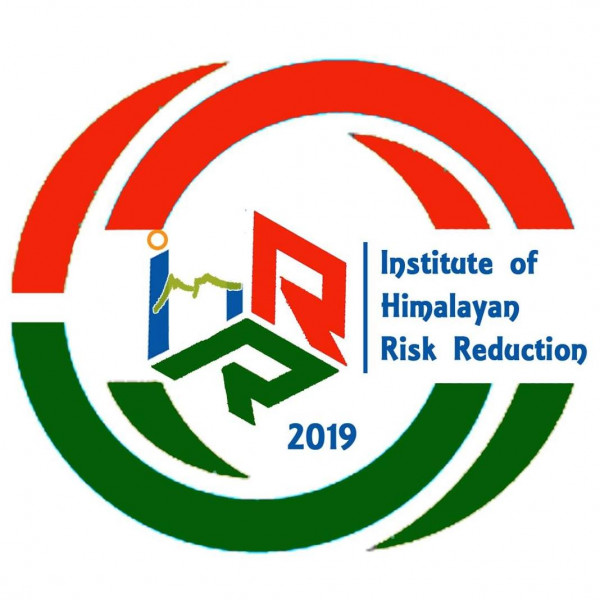
IHRR
Sep 10,2024
Institute of Himalayan Risk Reduction (IHRR) is an organization established with an objective to assess and understand the risk to contribute to sustainability. Complying with the Sendai Framework for Disaster Risk Reduction(SFDRR), IHRR envisions to understand the risk and application of interdisciplinary knowledge with Science, Engineering, Technology and Innovation to contribute for risk reduction and bridging of academic research with professionals and policymakers for sustainability. The team consists of professionals with expertise and experiences in the field of disaster risk management in understanding the risk, conducting academic research, and field-level implementations in Nepal and different parts of the world.
Details / requirements:
The Institute of Himalayan Risk Reduction, together with Mercy Corps Nepal is working on the development of drought monitoring and forecasting tool called Khaderi Alert, which provides more detailed assessments, taking into consideration factors such as soil moisture, vegetation health, and historical drought vulnerability utilizing the current data available from the Department of Hydrology and Meteorology (DHM) and the National Agriculture Research Council (NARC) agro-met data. The system will integrate remote sensing data, which will provide information regarding precipitation, temperature, vegetation, crop health and potential yield impacts at a finer scale. Khaderi Alert will work to develop the threshold and trigger points, which will enable affected communities and stakeholders to take better informed anticipatory and mitigation actions in the face of drought. The system will provide analysis primarily based on the Standardized Precipitation Index (SPI), Standardized Precipitation Evapotranspiration Index (SPEI), NDVI, VCI, using observation and remote sensing data among others.
Features
- Data Integration
- Multi-source Data Integration: Seamlessly integrate historical data, real-time observations, and forecast data from different sources, such as meteorological stations, remote sensing sources,
- Automated Data Feeds: Real-time automatic data updates from multiple sources, ensuring that the most current information is always available.
- Modular Architecture
- Assessment Module: Evaluate drought severity using standardized indices such as SPI, SPEI, and PDSI.
- Monitoring Module: Monitor drought progression using real-time data, with customizable parameters like precipitation deficits, soil moisture, and temperature anomalies.
- Forecast Module: Provide short-term and seasonal drought forecasts based on climate models and weather predictions.
- Visualization Module: Offer intuitive visual representation of data using GIS layers, time-series graphs, and heatmaps.
- Hotspot Identification & Spatio-Temporal Analysis
- Hotspot Mapping: Automatically identify and rank drought-prone areas based on risk levels using spatio-temporal data analysis.
- Spatio-Temporal Variation: Analyze how drought severity evolves over time across different regions, and visualize this through animated maps and graphs.
- GIS Map VIsualization
- Interactive Web-GIS Environment: Enable users to interactively explore drought data layers, overlay vulnerability maps, and analyze elements-at-risk (e.g., agriculture, water resources).
- Custom Map Layers: Allow users to add, remove, and customize map layers (e.g., hazard maps, socio-economic data) for more personalized analysis.
- Dynamic Zoom & Pan: Provide a seamless GIS experience with the ability to zoom into local areas or pan across larger regions.
- Capacity Building & Training
- Training Modules: Develop comprehensive training programs for stakeholders and users on how to utilize the portal effectively.
- Capacity Building Workshops: Conduct workshops and webinars to build capacity in using the system for drought forecasting and monitoring.
- User Guides and Manuals: Create detailed manuals and video tutorials to guide users through portal features, ensuring ease of use and operational efficiency.
- User Experience & Accessibility
- Responsive Design: Ensure the portal is mobile-friendly and accessible on various devices (desktop, tablet, mobile) to reach a wider audience.
- Multi-Language Support: Include multi-language capabilities to accommodate users.
- User Roles & Permissions: Implement role-based access control to ensure data security and proper distribution of responsibilities among users.
- Real-time Alerts & Notifications
- Custom Alerts: Allow users to set thresholds for key drought indicators and receive real-time alerts via email, SMS, or in-portal notifications when these thresholds are met.
- Event-Driven Notifications: Provide push notifications for critical drought events or significant forecast updatess.
- Data Export, Reporting, Sustainability.
- Data Export Options: Allow users to export data in various formats (CSV, Shapefile, PDF) for offline analysis or reporting purposes.
- Automated Reporting: Enable automatic generation of drought monitoring reports based on pre-defined templates, which can be shared with stakeholders.
- Regular System Updates: Plan for continuous system improvement and updates based on user feedback and evolving technologies.
- Scalability: Design the platform to be scalable, accommodating more users, larger datasets, and expanding functionalities as required.
Team Composition:
The bidder is free to propose the efficient development team structure.
Selection Criteria
Proposals will be evaluated based on:
- Have Technical expertise and experience in developing similar applications. Strong track record in mobile application development, website development; security and administration
- Proposed approach and methodology
- Budget and timeline feasibility
- Availability of post-launch support and maintenance services.
- Present interesting and Innovative Ideas not limited to the above-mentioned features.
- Understanding of End Users needs to match with adequate technical solutions.
- Share Quality of sample work/portfolio.
Required Skills and Experience
Vendor should demonstrate and provide examples of previous experience in the performance of similar services as follows:
- Be a reputable firm with healthy experience designing visually appealing and navigation friendly web and mobile app;
- Familiarity and relevant experience in using different Content Management Systems (CMS),
- Have excellent knowledge of recent trends in graphic design, web sites, including online video publishing, and social media networking;
- Demonstrate the ability to create innovative and visually appealing design;
- Key professional staff qualifications and competence needed for the assignment:
Timeline:
- Content research and planning: Mid of September
- UX/UI, Revisions based on feedback: 3rd Week of September
- Development Starts: 4th Week of September
- System Update: End of October
- Final System submission: 3rd Week of November
Confidentiality:
All information shared during the selection process will be treated as confidential and used solely for the purpose of this project.
Intellectual property
All outputs and intellectual property created during this assignment, including but not limited to system code, system design, data, findings, results, solutions, recommendations and any other documents and designs developed throughout the project shall be owned by IHRR. The Service Provider shall develop materials and recommendations assuming current business processes and retention of current duties, accountabilities and responsibilities but may make recommendations for changes. Documents provided to IHRR shall be considered “draft” until IHRR provides feedback and comments which the service provider shall incorporate, as appropriate; at that point, the document will be considered “final” by the Service Provider. If no comments are received by the service provider, the “draft” will be considered final by IHRR.
Submission Process:
Interested bidders are invited to submit their technical and financial proposal, including a cover letter, CV, samples of previous work, and a detailed budget breakdown. Submissions should be sent to [email protected] by 15th September 2024.
IHRR reserves the right to reject any or all proposals received in response to this TOR.
Link to apply :
Terms of Reference For Consultancy Service [System Development] - Inst... (jobsnepal.com)
